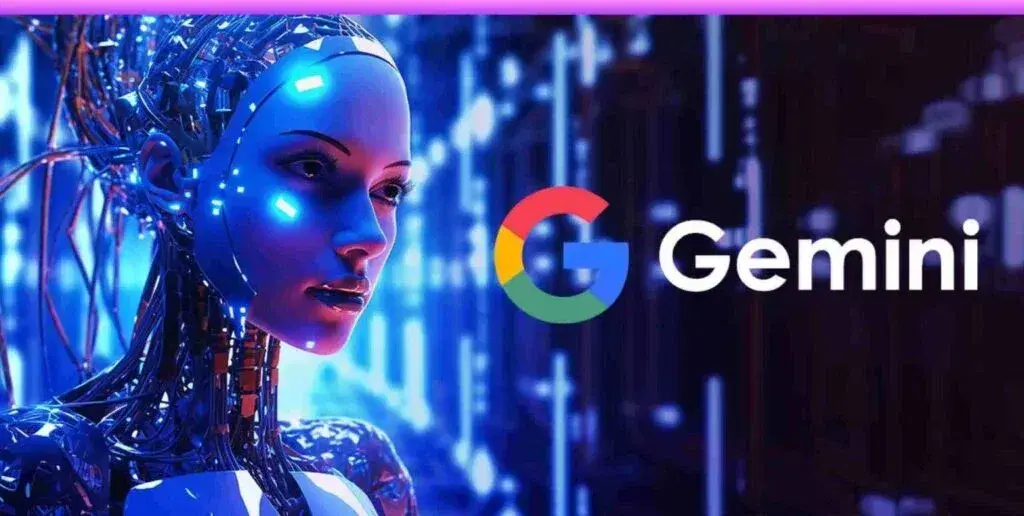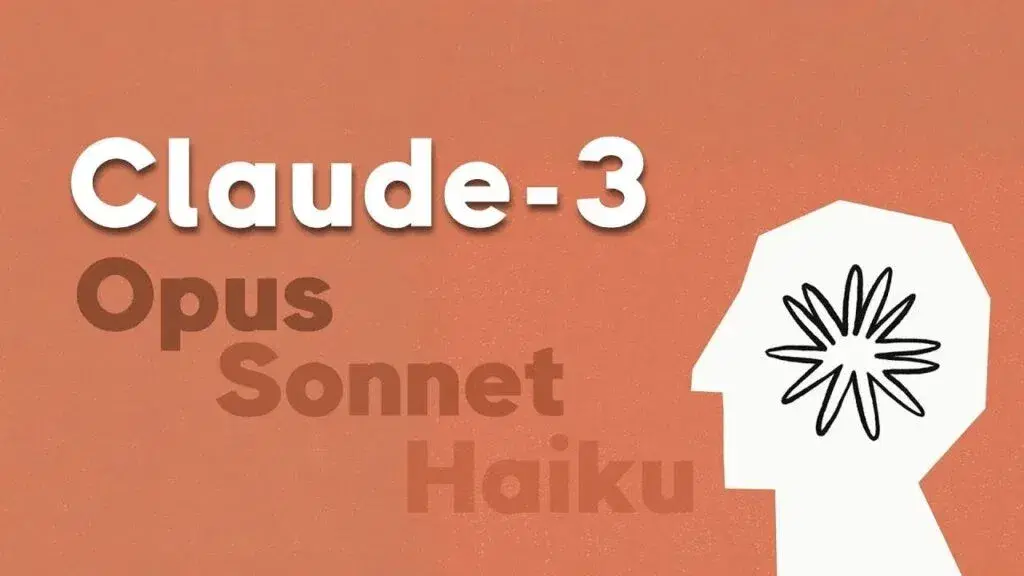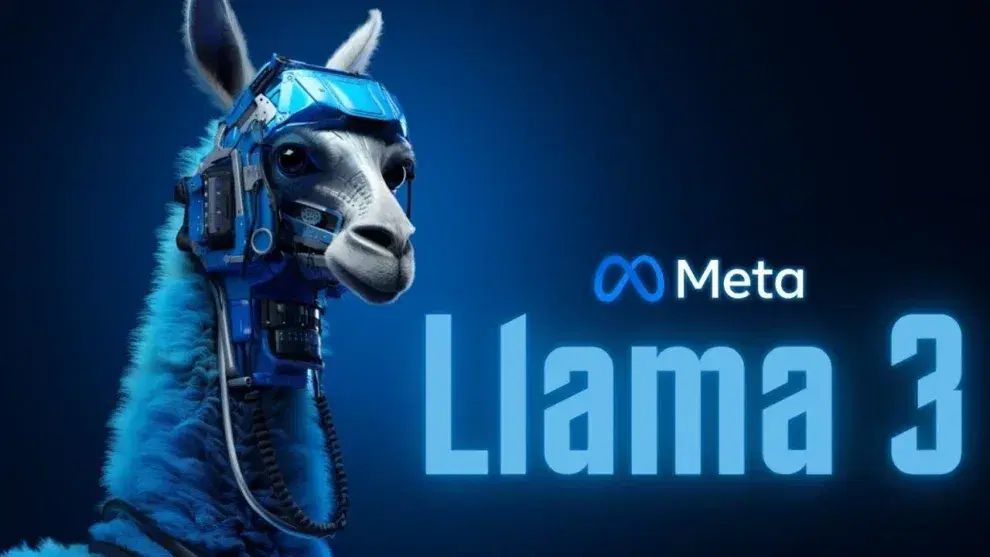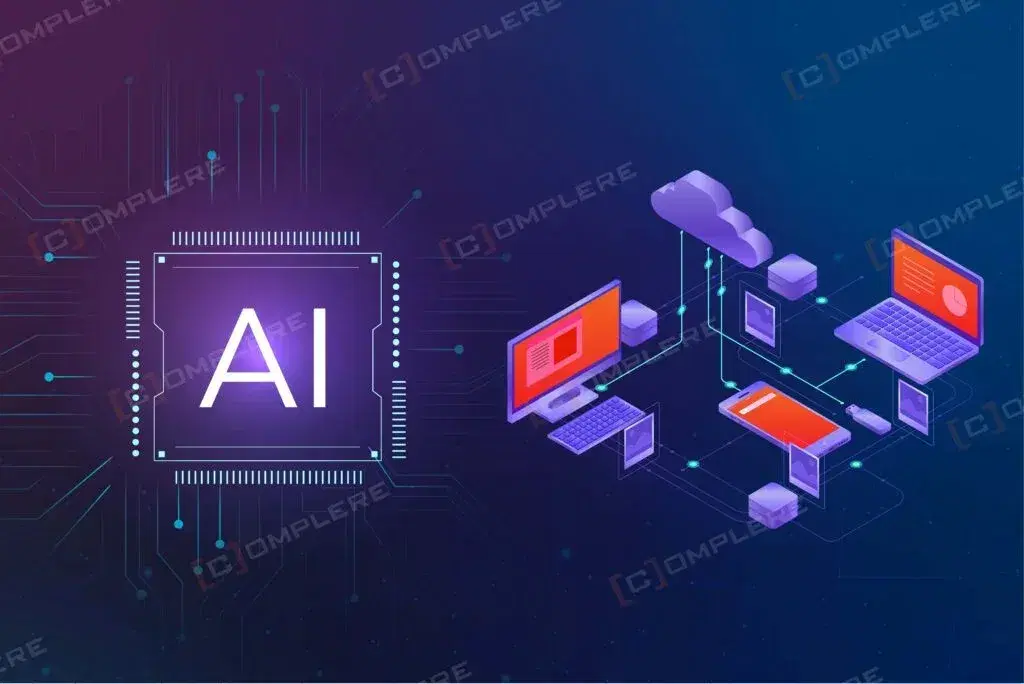The field of Artificial Intelligence has observed a rapid evolution, particularly in the realm of Large Language Models (LLMs). These models are trained on massive datasets of text and code, allowing them to generate human-quality writing, translate languages, write different kinds of creative content, and answer your questions in an informative way. But with so many options available, it can be overwhelming to choose the right LLM for your needs. This blog post delves into four of the leading LLMs: GPT-4, Gemini, Llama, and Claude 3. We’ll explore their strengths, weaknesses, and ideal use cases to help you navigate the exciting world of AI language models.
This blog breaks down four top AI language models that are changing how we work and communicate: GPT-3, Gemini, Llama, and Claude 3. Explore what each one does best, where they might fall short, and which situations they're perfect for. By the end, you'll have a clear view of which AI tool might work best for your specific needs.
1. GPT-4: The Text Titan

Developed by OpenAI, GPT-4 (Generative Pre-trained Transformer 4) is a groundbreaking language model that has become a go-to for text-focused tasks. With more than 250 billion parameters, GPT-4 has set new benchmarks for natural language processing, demonstrating an impressive ability to understand and generate human-like text across a wide range of domains. Need to generate realistic dialogue, translate languages, or write different kinds of creative content? GPT-4 has you covered. Its readily available API makes it accessible to a wide range of developers and businesses.
As you know, GPT-3 has its limitations. Its context window, the amount of information it can consider when generating text, is relatively small at 32k tokens. This can result in inconsistencies or a lack of coherence in tasks requiring a broader understanding of the conversation. Also, GPT-3 is a closed-source model, and it limits the capability for developers to customize its training or understand its inner workings. Pricing of GPT models depends on the model type.
- Massive Scale - 175 billion parameters deliver top-tier natural language processing and human-like text generation
- Developer-Friendly - Ready-to-use API makes integration simple for businesses and developers
- Limited Context - Small 32k token window can cause inconsistencies in longer conversations
- Closed System - No customization options due to closed-source nature
2. Gemini: The Multimodal Maestro

Google’s Gemini stands out from the pack with its multimodal capabilities. It goes beyond text, working with audio, visual, and video data. This makes Gemini ideal for tasks like generating image captions, creating video scripts based on audio input, or summarizing multimedia content.
Currently it is available in two parameter sizes (1.8 billion and 3.25 billion), Gemini provides a balance between power and efficiency. It presents a big context window of 1 million tokens, allowing it to maintain a cohesive understanding during extended interactions. Also, the lack of a larger parameter version such as GPT-3's 175 billion model could limit its capability to manage complicated tasks. It requires huge computational capacity. Gemini has paid as well as free version also.
- Beyond Text - Handles audio, visual, and video data for comprehensive multimedia tasks
- Huge Context - 1 million token window maintains coherence during extended interactions
- Balanced Options - Available in 1.8B and 3.25B parameter sizes for efficiency
- Text Limitations - Still developing text-only capabilities compared to specialized models
3. Claude 3: A Versatile Performer

Developed by Anthropic, Claude 3 is a large language model family that has emerged as a go-to choice for text-focused tasks. With more than 130 billion parameters, Claude 3 demonstrates a remarkable ability to understand and generate human-like text across a wide range of domains and tasks. This family consists of three models: Claude 3 Haiku, Claude 3 Sonnet and Claude 3 Opus.
One of Claude’s standout features is its impressive context window of up to 2 million tokens, allowing it to maintain coherence and relevance over extremely long text passages. This makes Claude well-suited for tasks such as long-form content generation, document summarization, and analysis of extensive text data. Pricing of Claude models depends on the model type.
- Three-Model Family - Haiku, Sonnet, and Opus variants for different use cases
- Massive Context - Up to 2 million tokens perfect for long-form content and document analysis
- Enterprise Ready - Already integrated by major companies like Slack, Notion, and Zoom
- Strong Performance - 130+ billion parameters deliver excellent text understanding across domains
4. Llama 3: The Server-Side Specialist

Meta’s Llama family of LLMs takes a different approach. Available in three sizes (8 billion, 70 billion, and a whopping 400 billion parameter version still under development), Llama 3 is specifically designed for server-side applications. It lacks a public API but excels at tasks requiring intensive computational resources within a closed environment. This makes Llama ideal for powering AI features within Meta’s apps or for businesses with the infrastructure to integrate it directly.
The recently released Llama 3 (70 billion) boasts impressive performance, going toe-to-toe with GPT-4 and Claude 3 in many tasks. It demonstrates an optimized use of its smaller context window (8k tokens) compared to other models. However, the lack of a public API limits its usability for developers outside of Meta’s ecosystem. Additionally, the focus on server-side applications makes it less accessible for individual users or smaller businesses. Usage of llama model is free of cost.
- Scalable Sizes - 8B, 70B, and upcoming 400B parameter versions for different needs
- Server-Focused - Designed specifically for closed-environment, high-resource applications
- Competitive Performance - 70B version rivals GPT-4 and Claude 3 in many tasks
- Access Limited - No public API restricts use to Meta ecosystem and large enterprises
Comparison and Use Cases
While these large language models share some similarities in their natural language processing capabilities, they each have unique strengths and applications. Here’s a comparison of their key features and potential use cases:

Choosing the Right LLM
Picking the perfect AI language model depends on what you're trying to accomplish. Here's a simple guide to help you decide:
Pure Text Tasks (Writing, Chat, Analysis) Choose GPT-3 or Claude 3 - both excel at understanding and generating high-quality text content.
Multimedia Projects (Images, Videos, Audio) Go with Gemini - it's specifically built to handle multiple types of content beyond just text
Enterprise Server Applications Consider Llama - ideal for companies with powerful servers who need AI running in their own secure environment
Quick Decision Tips:
- Need it fast and easy? → GPT-3 (ready-to-use API)
- Working with images/videos? → Gemini (multimodal master)
- Handling long documents? → Claude 3 (massive context window)
- Building internal systems? → Llama (server-optimized)
Conclusion
The rise of large language models like GPT-4, Gemini, LLaMA 3, and Claude 3 has ushered in a new era of natural language processing, opening vast possibilities for businesses, developers, and researchers alike. As these models continue to evolve and improve, we can expect to see even more innovative applications and use cases emerge, further blurring the line between human and machine language capabilities.
Click here and get success for your AI projects. Choose your perfect LLM match and transform how you work with intelligent automation.















